Jute rugs and carpet are not widely used, but they are a sustainable option for your home and office. Jute matting is used for backing on some carpets and linoleum. Jute area rugs and carpet can lend a certain look to your home, while custom made jute rugs add a distinct touch of class. Jute flooring is more delicate or fragile than other natural fiber rugs and carpets, but it may be the right choice for you.
If you have a roll of jute sitting around, then it might be worth a second look. This isn’t just a great tool for helping out the garden or a package, but it’s also great for making jute rugs, an eco-friendly and attractive flooring option for your home or office! If you’re looking to make your own jute rugs, most craft stores or fabric stores sell jute in rolls like this one available on Amazon.

What is Jute Exactly
The use of jute fiber can be traced back to ancient Bengali culture. It’s a soft and shiny fiber that looks a lot like a hemp plant when it is growing. Jute began to be exported to Europe in the 19th and early 20th Centuries. Actually one of the cheapest natural materials, it is only second to cotton in terms of current uses.
Jute grows best in warm, humid climates, like in Bangladesh and India. Advantages of using jute as a fiber include:
Biodegradability:
Like other natural fibers such as hemp, bamboo or cotton, jute will break down over time. Because of their ability to break down, jute rugs and jute flooring options are a great choice in a society that is increasingly putting emphasis on making eco-friendly consumer choices. While the ability to break down may sound like a downside, think of it this way: over time, items that we have will either disintegrate or need to be thrown away. Instead of filling landfills, jute will break down in the soil and replenish the natural vitamins and nutrients of the earth.
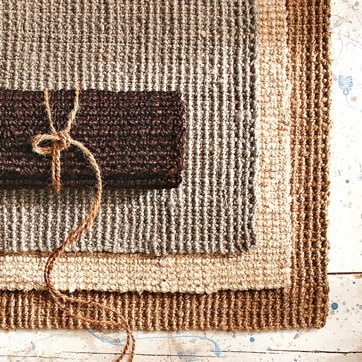
Fire-Resistant
While jute is not completely fire-proof, it is a fiber that cannot be set ablaze. As with many other natural materials, the inherent structure and oils found in jute make it resistant to fire damage. Fire can light it, but it won’t stay lit for long. Jute matting and a jute carpet in homes may help to stop the spread of fires that start accidentally.
Sustainable:
Jute is actually a vegetable fiber (and yes, it is edible!), so it grows fairly quickly when planted and can be harvested after a comparatively short period of time, making it a highly renewable fiber source. And, as with many natural fibers, jute is easy to grow and re-grow, making it a sustainable resource. It doesn’t take up nearly as much space or energy to grow as a tree would, plus it grows more rapidly, allowing for the growth cycle to replenish itself, rather than necessitate planting more trees.
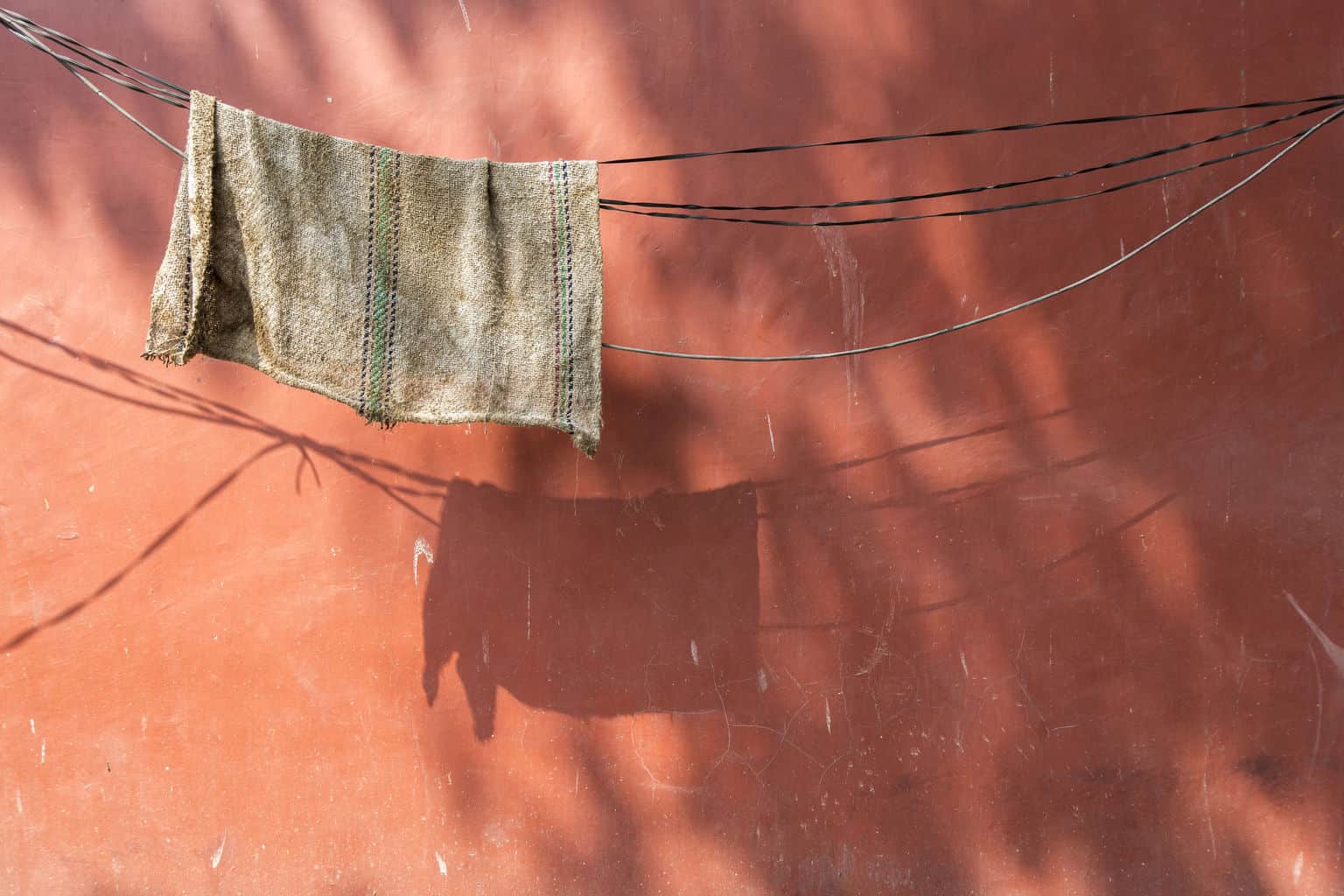
Durable:
Jute is an extremely strong natural fiber that can hold up to lots of wear and use. However, high humidity or water can break down this strength, so you should not expose any jute rugs to highly damp conditions and you should not shampoo jute. The overall strength of jute is impressive and makes for excellent packaging material and construction material. You can also create durable clothing and other items without fear of breakage. Henry Ford actually tested the strength of jute when he was working on the trunk of a car. Instead of the glass composition, he incorporated part of the jute plant into the design. This made for a lighter car part without sacrificing any of the strength.
Using Jute Rugs In the Home
While you may now be convinced on the properties of using jute rugs, you still need to get an idea of how to actually use jute rugs in the home. Read on for suggestions on how to use jute in a home or office.
Design:
Jute rugs have a casual, timeless look to them that can be complimentary in many design styles. As the color of a natural jute rug is very neutral, you can pair it with an all-white décor for an upscale, classy appearance. You could, instead, go for a more funky look by layering different texture rugs, adding other textiles to the room, and including bright colors in your decoration or wall color. If you are looking for more color in the rugs themselves, jute can be woven with additional fabrics (such as cotton) that are pre-dyed to add color to the rugs. Jute can fit in easily with any of these designs and, since your jute rugs will last for a very long time, you can easily update or change styles without having to replace your rugs.
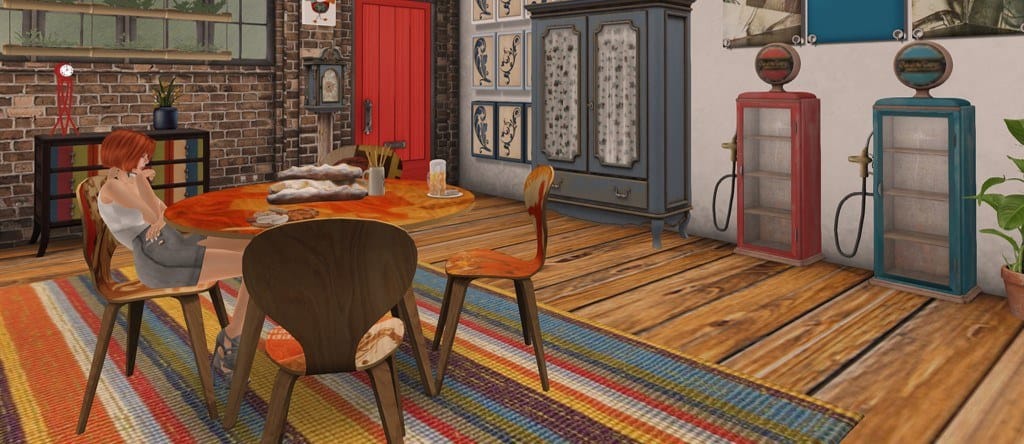
Cost:
The price of jute rugs also makes them very appealing. For a high-quality, durable and eco-friendly option, you cannot beat the price of jute rugs! Especially since you will not need to replace these rugs for years and years, even those in the most traffic-heavy areas of your home or office. nuLOOM is one brand that sells natural, chunky jute rugs on Amazon for a very high end look at a really reasonable price-point.
Texture:
The feel of jute rugs is very unique and appealing in the home to many. I’ve heard it described as a “massage for the feet.” The bumpy texture of jute can be a bit rough at first, but will soften quickly with a bit of use. If you are still afraid you will find the texture unappealing, there are jute rugs that are mixed with other natural fibers, such as chenille or cotton, designed to make the rugs feel softer underfoot.

Maintenance:
In addition to the texture of jute being very appealing, this makes it incredibly easy and low maintenance to clean. Dirt, dust and hairs are trapped and hidden in the weave of the rugs, but are easily picked up by a quick vacuuming. The rugs can be vacuumed frequently without breaking down, as this fiber can stand up to some serious wear. Spills are easy to wipe up and stains and smells aren’t trapped in the fibers, due to the structure and natural oils in the fiber. Some do complain about little fibers that can be seen as they break off from the rug, but these are easy to sweep or vacuum, and the maintenance is comparable to other natural fiber rugs.
And my final suggestion for you if you choose to have jute rugs in your home is to be sure to use rug pads. Like any natural fiber rugs or, really, rugs in general, jute can be a little slick. Do use rug pads (I personally prefer the felt variety, like this rug pad available on Amazon) under jute to help keep them in place and prevent accidental falls! You don't have to worry, however, about jute scratching your floors, so the rug pads are truly just to prevent slippage and are not necessary to protect existing hardwood, linoleum, or vinyl floors.
Negatives of Jute Rugs and Floor Coverings
The problem that jute has as a fiber used to make rugs is that a clean jute rug is a happy jute rug, but those that get wet are unhappy. Moisture will rapidly deteriorate the strength of jute, as can acidic conditions. Jute flooring is best used where humidity is low because moisture is hard on it. So, it’s safe to say that outdoor jute rugs aren’t going to do much good for long. But a jute rug in a home or office in the southwestern part of the U.S., for example, would be a lovely addition to the space.
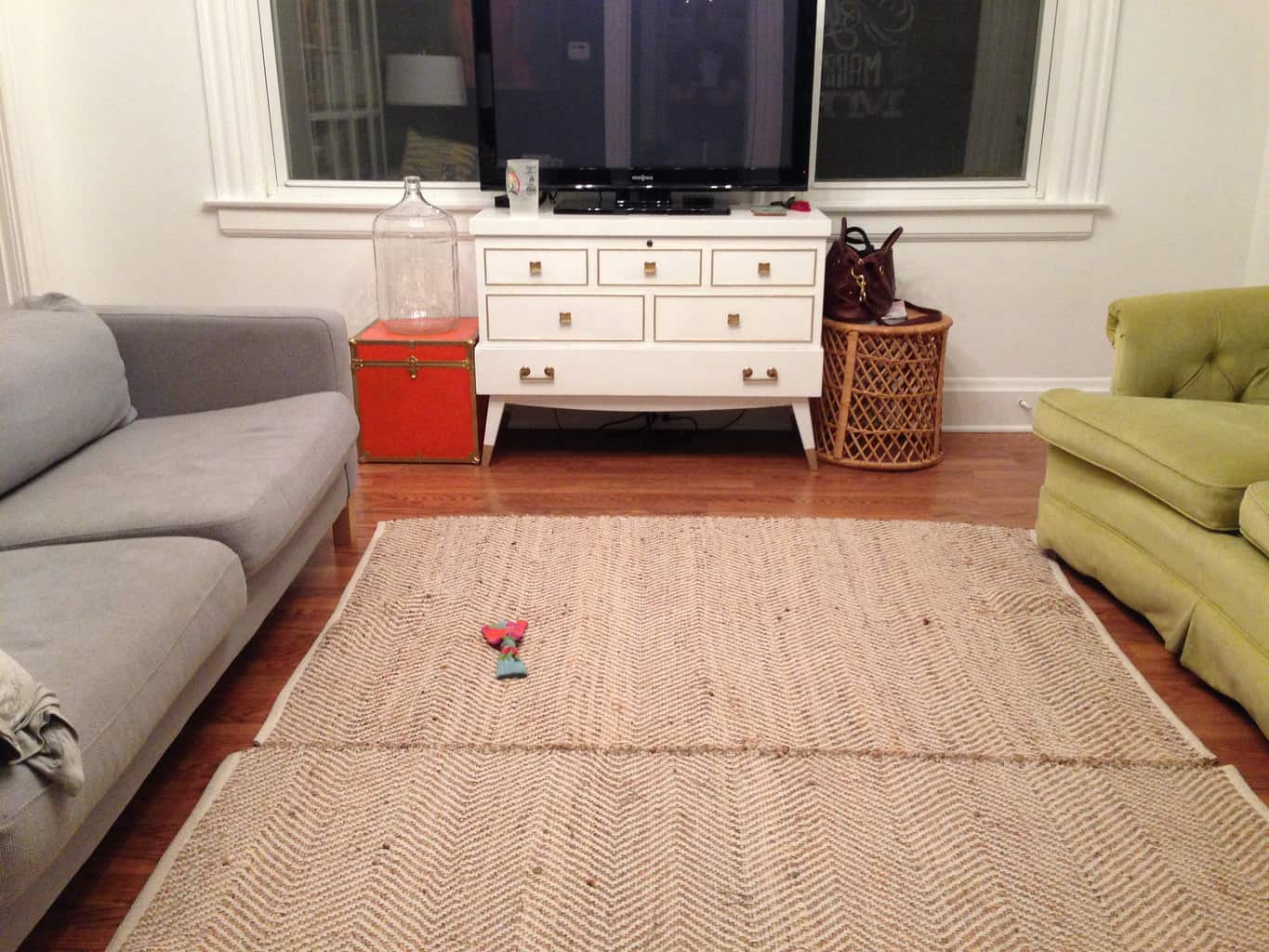
As jute fibers break down, little pieces of the fibers will break off and can look like dust or dirt. This is especially noticeable underneath the rug, but can also be a problem on especially dark flooring or even furniture. While it’s fairly simple to clean these fibers with a quick vacuuming or sweeping, this can be annoying if the rugs are kept in a room that is not a part of your regular cleaning routine. Generally, those who choose jute rugs for their homes find that the benefits far outweigh these negatives.
The Final Verdict On Jute Rugs In the Home
When it comes down to it, whether you choose to use jute rugs for your home will really come down to your style preference. Jute has a unique look and feel to it that will mean you will either love it or hate it, and you will know how you feel as soon as you try it out.
Popular Jute rugs on Amazon.com
If you love the look, consider getting a custom jute rug for your home. Jute rugs can be customized down to the weave as well as the size, and custom-made jute rugs will give you exactly the look you seek for your home or office. Jute matting and jute flooring are perfect example of sustainable household decorations. Not only are they beautiful in their weaves and strength, but there’s no need to worry about them cluttering a landfill years from now.

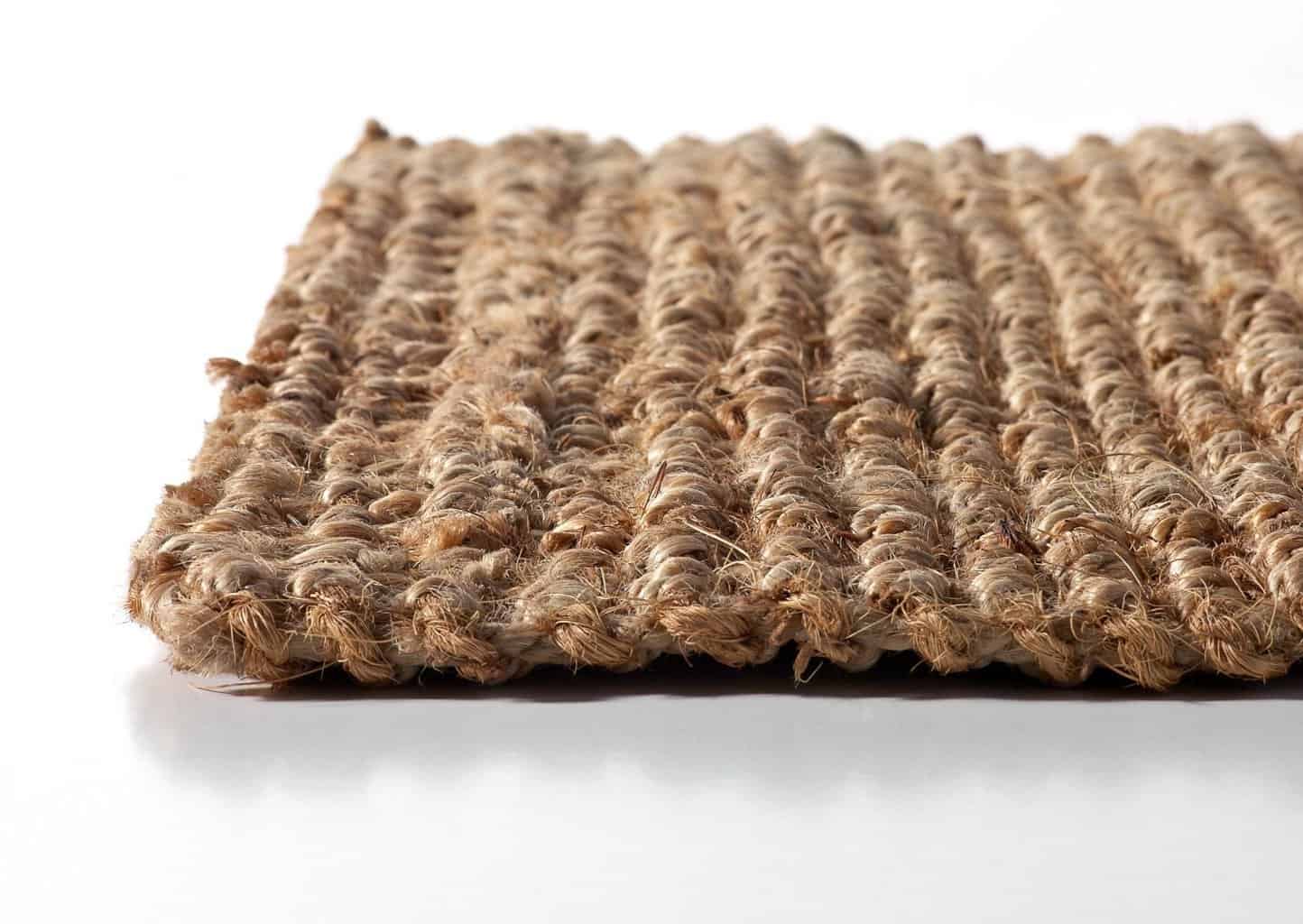
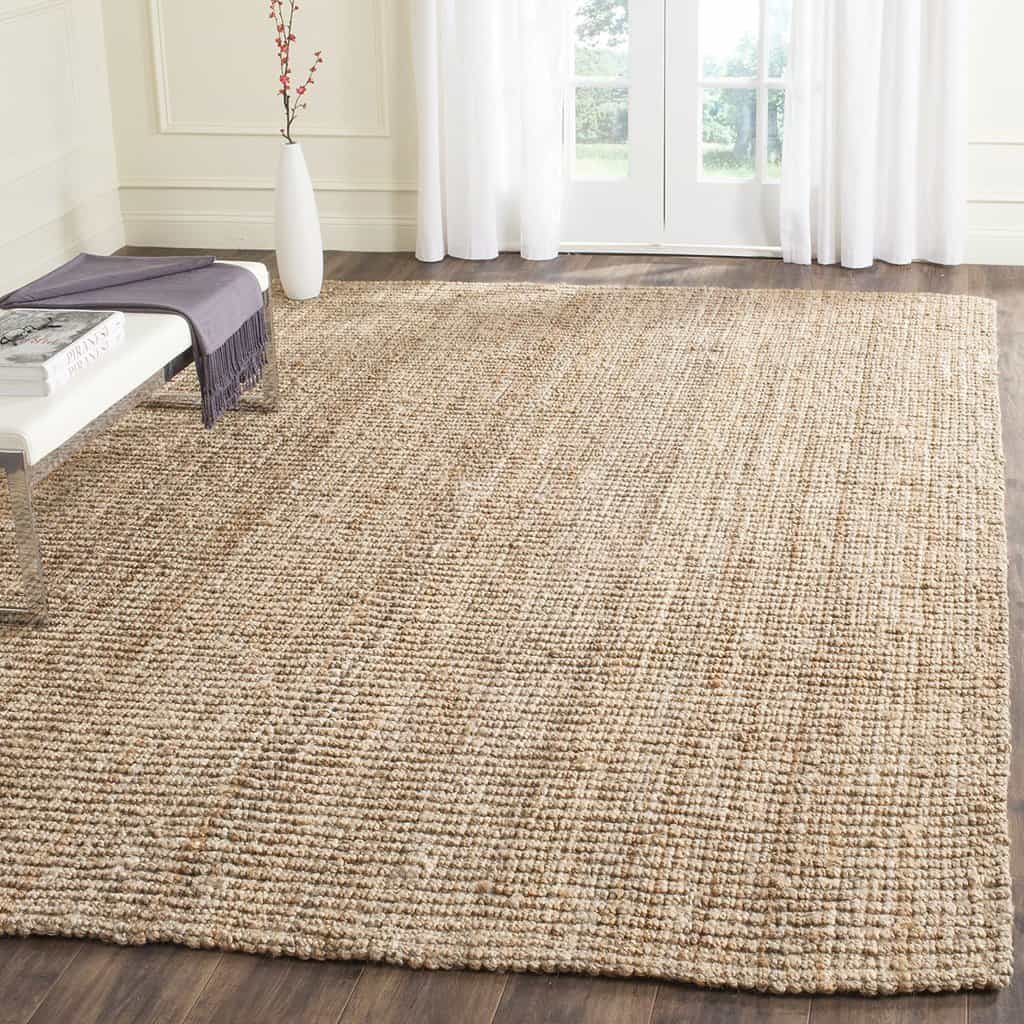
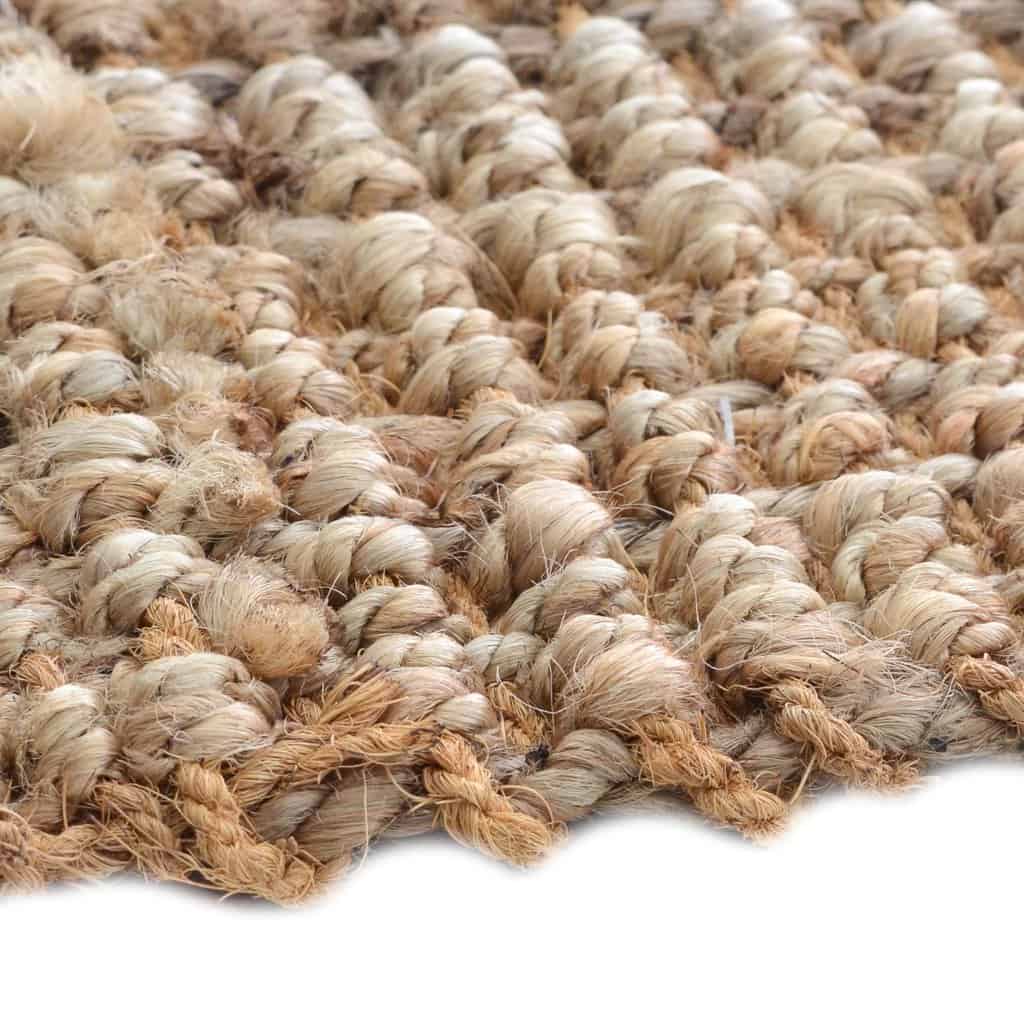
Our aging German Shepherd has had an accident…urine only….on our jute rug on our hardwood floor entryway. How do I get the smell out…not so worried about stain, as the background color is “urine colored!”
THANKS!
I’ve always taken a two-prong approach to my pet-urine smells. First I clean it with vinegar water. When it’s dry I then dab baking soda into the spot, let it sit for awhile (over night would be good), and then vacuum/sweep it up.
If that doesn’t take care of it completely, repeat the process.
Be sure to protect your hardwood floor as you apply the vinegar. No need to damage the wood.
Our dog wet our new jute rug. The area (s) turned a lighter shade due to the urine. Someone advised me to just try water. Now I hvave what looks like a polka dotted rug. (the water only made it worse)I have thought about wetting the entire thing, thinking it would at least even out the dots,but this was not a cheap rug. Any suggestions?
It sounds as if the moisture took the color out. It’s surprising to find non-color-fast rugs these days.
If the color was indeed taken out, you may have a defective rug. If you don’t mind the lighter color for your rug, I think your idea of wetting the entire rug would be one solution. If you are not ok with the lighter color, talk to the store where you bought the rug and see if they’ll replace it. In fact, talk to them either way — just to have on record the problem.
Hello Flooring Lady:
Was hoping you could advise me.
I have a cream colored natural knotted jute rug which fell prey to some chocolate stains.
While having some Persian rugs steam cleaned professionally, I had them steam the stain and surrounding area. It took ages to dry, and is now a darker (brownish) color.
What can I do? The stain, of course, is smack dab in the middle of the rug.
Unfortunately, I only found your site AFTER this happened.
Any advice for evening out the color? Should I try the club soda solution on the brownish patch? Should I steam the entire rug?
Any help would be greatly appreciated.
Thank you.
It figures the stain would be right in the middle of the rug! Let’s see if we can get the stain lightened, if not completely removed….
There are lots of “recipes” online for getting chocolate out of cloth. Being this is a rug it’s a bit tougher to handle, but my suggestion is to continue the “hot water” approach you have started by now dabbing a detergent (like Tide) solution on the stain. Once you have dabbed it and removed some of the chocolate, pour more hot water over the stain and watch it go away.
Another cleaner to try is StainSolver. Follow the directions carefully for chocolate and see what happens. I’ve had good luck with StainSolver cleaning many stains in my home. Let’s see if it works for you.
Thank you for your speedy reply.
The stain that remains is no longer, in fact, chocolate, but a big darkish water stain. It’s discoloration wherever the steam and soap touched.
Do you think the Tide and water might still help?
Thanks very very much.
I suspect that some of the stain is chocolate, dilute chocolate. It’s hard to say if Tide or StainSolver will help, but it seems worth trying (I just did this with some wheat colored jeans that got spotted with chocolate, and it worked well — but I hadn’t steamed them first). If neither does help, then consider steaming the entire rug to see if you can blend the stain out or make the rug one big stain.
Matching the color is part of what you want, right? First try the Tide/StainSolver, then try the steam over the entire rug.
Please report back as to what worked, and what the results are.
I have a natural jute rug and there are areas that have changed color. The rug has natural color and bleached. It was in the sun for a while and it has areas that have turned a darker cream color instead of the bleached. Could the sun be the reason for the color change? Is there anything I can do to make it look better?
Are the darker spots turned from the original, or are they the original color? My first reaction is they are the original color.
Sun is very damaging, fading everything it can. That’s why some homes hang sheers in the windows — they cut the UV yet let some light in. Glass tinting (just be careful if you want to go that route and check with your manufacturer first) can be used to cut the UV also.
The dark spots will fade over time when exposed to the sun. If you want to even the color of your jute rug move the furniture around to expose the unfaded sections. Or if that’s going to take too long, you could use a dilute bleach solution on the spots, being very careful to not over due it — and be careful to rinse the bleach so the fibers aren’t ruined (this is my least favorite approach because of the environmental problems and the real harm that could come to you, your pets, your kids, and the rug itself).
Time in the sun is your best solution for this problem. Unless of course I’ve misunderstood what caused the dark spots.
The verdict is in on cleaning my stained jute rug:
a) never use StainSolver (according to the people that manufacture it, it will dissolve the fibers upon contact. StainSolver is only good for treated/processed materials, not natural fibers like jute.
b)Water and jute are not friends: any water (from the steam-cleaner, from dabbing the rug with a Tide-water solution…will leave its own stain behind. It also takes ages to dry.. These dark water marks look like a pet has relieved themselves on the rug. Not pretty.
I discovered too late that it is never recommended to use cleaner or liquids on jute or sisal…just a brush or vaccuum to remove soil.
Might need to get a new rug…
I guess I’ll have to argue with the verdict. :~)
StainSolver is good on most surfaces. Avoid it on wool, but other than that, it’s a great cleaner. It, like many other cleaners, will probably strip out the color of natural dyes, but it won’t hurt the fibers. The manufacturer is a friend of mine so I verified this before posting it.
Jute is a highly absorbent fiber so will take awhile to dry, but water in and of itself isn’t an enemy of jute. There are lots of facts involved in determining whether water is a problem with a rug, jute or otherwise — from the backing it’s attached to the dye.
I agree vacuuming and brushing are the best approach for cleaning most flooring products, but water isn’t necessarily a problem. Jute rugs should probably not be put in areas where water is likely to get on them, but life happens in every room of your house so can’t be absolutely avoided anywhere.
Sorry your rug hasn’t held up to the chocolate (few rugs would) or the attempt to clean it. I hate high tuition like that.
Hello Flooring Lady.
I have a large (9×12) Jute rug in my living room. I was wondering if you knew of a way to disinfect the rug? I have been trying to come up with a solution, but it seems impossible since jute doesn’t take well to water.
Any ideas?
Thanks for your help.
It’s interesting to me to see how much diversity there is on the web in whether water is friend or enemy of jute rugs. Some indications are acid solutions are hard on jute. I think each situation needs to be tested individually.
In a small, inconspicuous area of your rug, try a solution of StainSolver. Don’t get the rug really wet, just damp. Let the spot dry completely to determine the results. If that spot is fine, the treat the entire rug with the solution. Oxygen is a good cleanser; StainSolver is an oxygen bleach.
Sunlight is also a good disinfectant. If you have a porch rail or something you can hang the rug on in the sun, let it sit in the sun all day. You’ll need some help getting it outside, but it would be worthwhile.
Good luck. Let us know what you did and how it worked.
Thank you flooring lady!
I think I will try your suggestion of good old fashioned sunlight. I live in Florida, so It should get plenty hot.
I have a jute rug that got stained repeatedly with blood (we have a cat who had a hard-to-heal wounds). Cleaning efforts with pet enzymes and hydrogen peroxide badly stained the rug but the fibers are in great shape. Now I’m thinking of “recycling” it. I would like to bleach out the current designs and then paint new designs on the rug. I have seen several references to using latex paint on jute. Do you agree with this>? What would be the best way to bleach it?
I love it that you are planning to recycle your jute rug. There are probably a few ways you can bleach it, and I hope you take a gentler, more environmentally friendly approach. One challenge is that any chemical you use to bleach it may damage the fibers, especially if you use bleach. Hydrogen peroxide has bleaching qualities to it, but I don’t know what it will do to the fibers.
Lemon juice and sunshine might just do the trick too, and faster than straight sunshine. If you can easily get the rug outdoors and have a place to hang it for awhile you might have just the bleached look you are seeking.
Painting the rug when it’s bleached enough for you sounds like fun. I’m not sure I like the idea of latex paint though because I think it will end up flaking off as the carpet is walked on. I’d consider using plant dyes instead because they will be absorbed by the fibers instead of lying on them as the paint will do. If you can find a low VOC stain, that might make for some fun paint too, though as with the plant dyes not opaque like the paint will be.
I hope you’ll report back with what you decide to do and the results.
Thanks for the quick feedback! I also worried about latex flaking (but I have seen several references to it, including HGTV). I will look into stains; maybe fabric paints or dyes will be an other option to consider. I worry whether the moisture in the stains or paints will damage the fibers, since I have read that water and jute do not mix well.
(The rug has a rubber backing on it, don’t know if this will affect anything.) Fortunately I can take the rug outside to work on it. I don’t think the sunlight option is a good one because I suspect the stains will fade at the same rate as the rest of the rug, but the blotchiness will remain. We’re headed into uncharted territory here but I don’t have anything to lose and might wind up with a “new” area rug.
I have a natural jute rug that my kids spilled red koolaid on and left a red stain. Before finding your web site, I used Resolve/Oxyclean to attempt to remove the koolaid stains, but instead it left “white bleached” spots/circles and most of the red stain. I’ve tried to re-stain the white spots by using tea to dye it, but it just seemed to roll right off and didn’t dye or change the white bleached spots at all. Any ideas on how I can get dye to adhear to the fibers…should I try fabric dye?
You first need to get the stain out before trying to do any “patching”. Isn’t it a drag that koolaid will take hold but tea won’t?!
Try hydrogen peroxide to remove the stain since the oxygen bleach didn’t work. If you can get the rug outdoors when you do this the sun will help the hydrogen peroxide do it’s thing.
Once you have the stain out then you can try different approaches to the bleached sections. Fabric dye may be just the ticket to put the color back. If that doesn’t give you satisfactory results consider bleaching the entire rug and then dyeing it.
Fabric paints might work too. If you aren’t content with the results, consider painting a pattern on the rug that will mask the various efforts you have put in here.
Good luck!